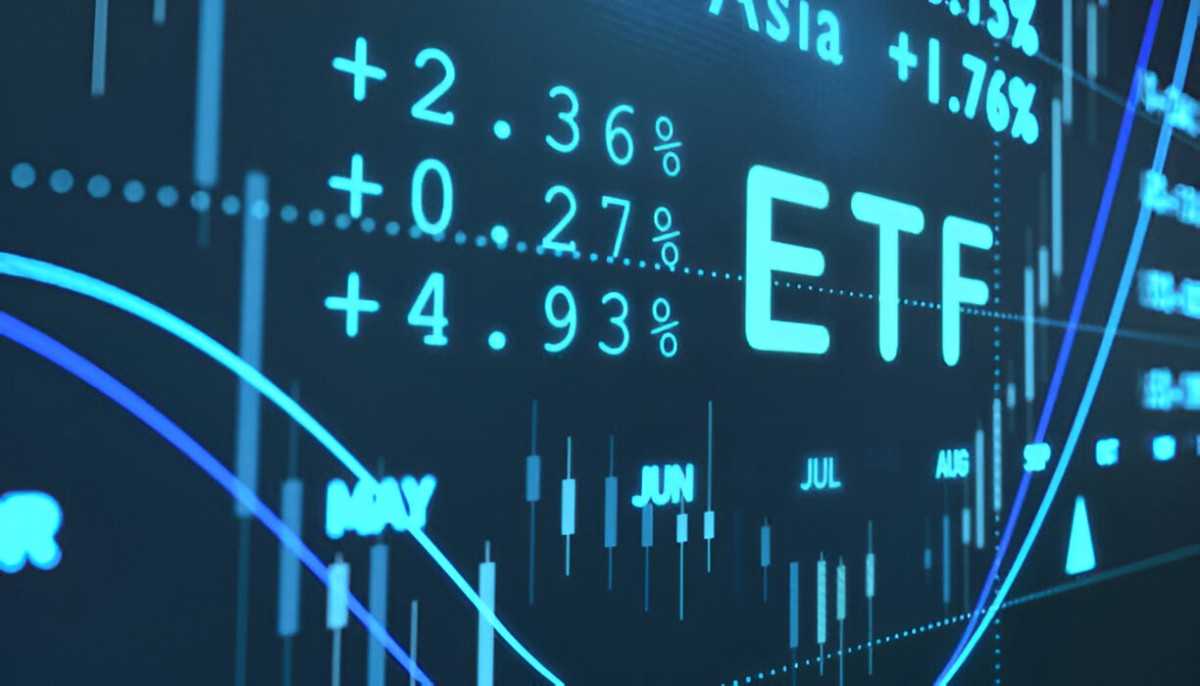Introduction
As an investor, I always try to prepare for market downturns. A stock market crash can wipe out gains and shake even the most seasoned investors. When markets fall sharply, the first question on my mind is: should I hold individual stocks, or are exchange-traded funds (ETFs) a better choice? In this article, I explore whether ETFs are a safer option during a crash, compare their performance to individual stocks, and analyze their role in risk management.
Table of Contents
Understanding ETFs and Their Behavior in a Crash
ETFs are baskets of securities that trade like stocks. They offer diversification, liquidity, and generally lower expense ratios than mutual funds. But do these features make them better during a crash? To answer this, I examine their advantages and disadvantages in volatile markets.
Advantages of ETFs in a Stock Market Crash
- Diversification – Holding a single stock is risky. If it collapses, my portfolio takes a direct hit. An ETF spreads the risk across multiple stocks, cushioning the blow if a few companies perform poorly.
- Liquidity – Unlike mutual funds, ETFs trade throughout the day. This allows me to buy or sell quickly when volatility is high.
- Cost Efficiency – ETFs usually have lower expense ratios than actively managed funds. In a prolonged downturn, lower fees help preserve capital.
- Hedging Opportunities – Some ETFs are designed to profit in downturns, like inverse or volatility ETFs.
Disadvantages of ETFs in a Stock Market Crash
- Systemic Risk – Broad-market ETFs track indexes. If the entire market collapses, ETFs fall along with it.
- Limited Control – I can’t pick individual winners within an ETF. If some stocks in the ETF recover faster than others, my gains are diluted.
- Tracking Errors – Some ETFs don’t perfectly mirror their benchmark, leading to unexpected performance differences.
Comparing ETFs and Individual Stocks During a Market Crash
To understand which performs better in a crash, I analyze past market downturns and use hypothetical examples.
Case Study: 2008 Financial Crisis
During the 2008 crash, the S&P 500 fell 37%. Let’s compare how ETFs and individual stocks performed.
| Investment | Price Before Crash | Price After Crash | Percentage Loss |
|---|---|---|---|
| S&P 500 ETF (SPY) | $140 | $88 | -37% |
| Lehman Brothers Stock | $50 | $0 | -100% |
| Apple Stock | $190 | $82 | -57% |
| Procter & Gamble Stock | $75 | $55 | -27% |
From this, I see that the ETF mirrored the market’s decline, while individual stocks had varied performances. Some, like Procter & Gamble, fell less than the ETF, while others, like Lehman Brothers, were wiped out.
Hypothetical Example: 20% Market Drop
Imagine I invest $10,000 in two different ways before a crash:
- S&P 500 ETF (SPY) – If the market drops 20%, my investment becomes $8,000.
- Three Individual Stocks:
- Stock A falls 15% (new value: $3,400 from $4,000)
- Stock B falls 30% (new value: $2,800 from $4,000)
- Stock C falls 10% (new value: $1,800 from $2,000)
- Total portfolio value: $8,000
In this scenario, my diversified stock portfolio performs similarly to the ETF. However, I took on the risk of individual company failures.
Do ETFs Recover Faster Than Individual Stocks?
One concern I have is whether ETFs bounce back faster after a crash. Looking at past data, ETFs tracking broad indexes generally recover in line with the market. However, individual stocks can rebound faster if they belong to resilient industries.
For example, in 2020’s COVID-19 crash:
| Investment | Drop in March 2020 | Recovery by December 2020 |
|---|---|---|
| S&P 500 ETF (SPY) | -34% | +67% from bottom |
| Amazon | -25% | +97% from bottom |
| Airlines ETF (JETS) | -60% | +25% from bottom |
ETFs tied to strong sectors recovered well, while struggling industries lagged. This shows that my choice of ETF matters.
Risk Management: ETFs vs. Stocks
To minimize losses in a crash, I use various risk management strategies. Here’s how ETFs compare to stocks:
| Strategy | ETFs | Individual Stocks |
|---|---|---|
| Stop-Loss Orders | Yes | Yes |
| Hedging with Options | Yes | Yes |
| Diversification | High | Low (unless owning many stocks) |
| Dividend Income | Moderate | High (for dividend stocks) |
ETFs provide built-in diversification but may not offer high dividend income like individual stocks. If I focus on stability, ETFs are preferable. If I aim for high dividends or quick rebounds, I might prefer stocks.
Should I Choose ETFs During a Market Crash?
After considering various factors, my decision depends on my risk tolerance and investment style.
- If I prioritize stability, ETFs are better. They spread risk and track market recovery.
- If I prefer active management, I might hold individual stocks, selecting strong companies that can rebound.
- If I want to hedge, I could use inverse ETFs or options strategies.
Conclusion
ETFs have advantages during a stock market crash, particularly for diversification and liquidity. They perform in line with the market, reducing individual stock risk but not eliminating downturn effects. While some individual stocks can outperform ETFs, they also carry greater risk. My choice depends on my goals—whether I value broad exposure or prefer to bet on specific companies.
Ultimately, ETFs offer a safer, more predictable way to navigate crashes, making them a strong choice for most investors.





